名勝庭園「北庭」
北政所ねねゆかりの寺 伏見城遺構 名勝「北庭」
高台寺 圓徳院
豊臣秀吉の妻、北政所ねねが晩年の19年間を過ごした地に建つ圓徳院。ねねが秀吉との思い出の多い伏見城の化粧御殿とその前庭を移築し、ここから秀吉の菩提寺として建立した高台寺に通いました。多くの大名や禅僧、文化人がねねを慕って集まり、文化サロンのような一面も持っていました。
ねねが亡くなった後に高台寺の塔頭寺院「圓徳院」となりますが、今でもねねが眺めたものと変わらぬ美しい庭園を残し、一年を通して多くの拝観者が圓徳院を参拝しています。
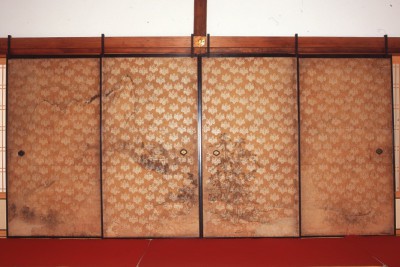
方丈
圓徳院の方丈には長谷川等伯による襖絵(重文・複製)や現代日本画家による襖絵が納められています。等伯の襖絵は元々、大徳寺三玄院にあったもので、等伯が住職の許可がないまま、その留守中に上がり込んで描き上げたという逸話が残っています。
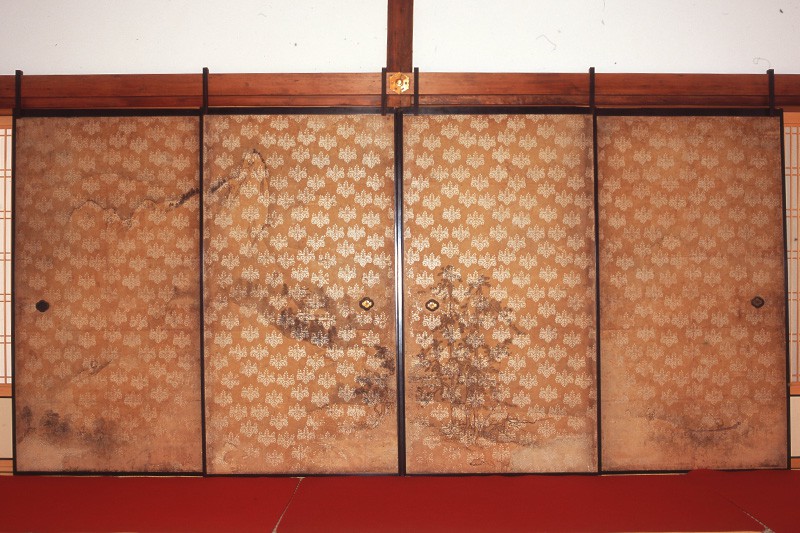
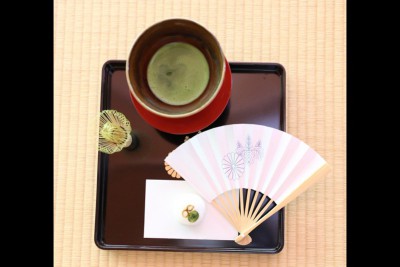
神仏への献茶点前
北書院では「へうげもの」古田織部考案の武家茶点前でお抹茶をいただけます。利休の侘び茶に満足しなかった秀吉が、古田織部に命じて考案させた武士の茶道で、秀吉が大事にしたユーモアや機転、エンターテイメント性が取り入れられています。
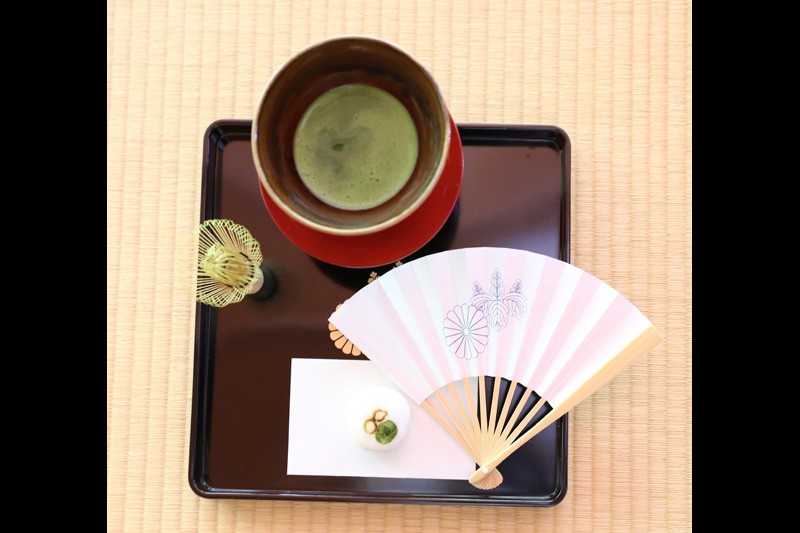
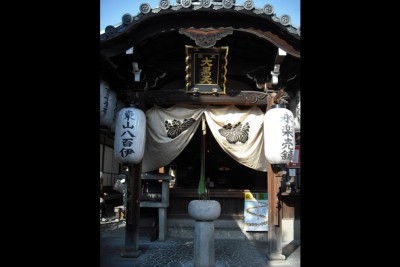
三面大黒天
福徳信仰の象徴として、豊臣秀吉が念持仏としたといわれる尊像をお祀りしています。三面大黒天堂は京都御苑から移築されたものと伝わります。
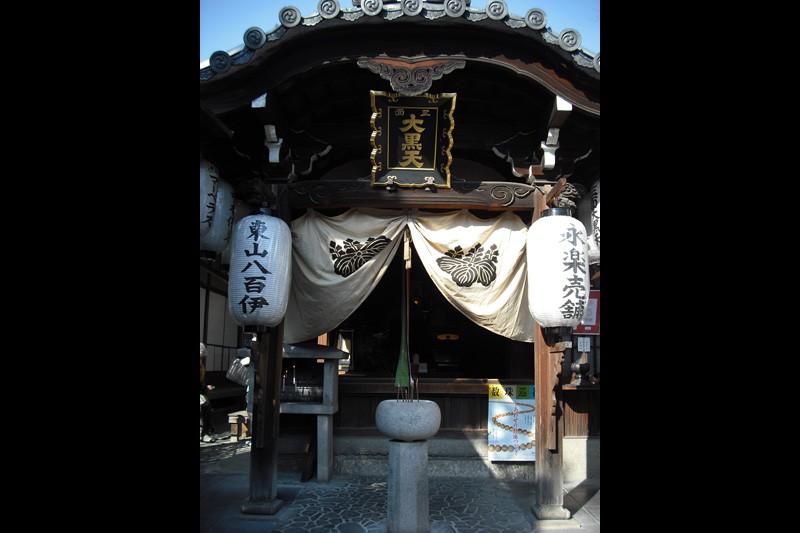
沿革
高台寺の塔頭寺院のひとつで、高台寺を建立する前年の慶長11年(1605)に伏見城から化粧御殿と庭園を移築し、新たに客殿(現方丈)を建立したことに始まります。寛永元年(1624)に寺格を持ち、寛永4年に圓徳院の名を持つようになりました。北政所ねねはここで晩年の19年を過ごし、付近に建立した高台寺に日参して秀吉の菩提を弔ったといいます。
伏見城から移した庭園は北庭と呼ばれ、移築後に小堀遠州が整えたもので、北書院から眺めることができます。巨石を多く配置した珍しい造りの枯山水庭園で、庭園を囲むように植えられたモミジは、晩春から晩秋にかけて美しい青葉や紅葉で拝観者の目を楽しませてくれます。
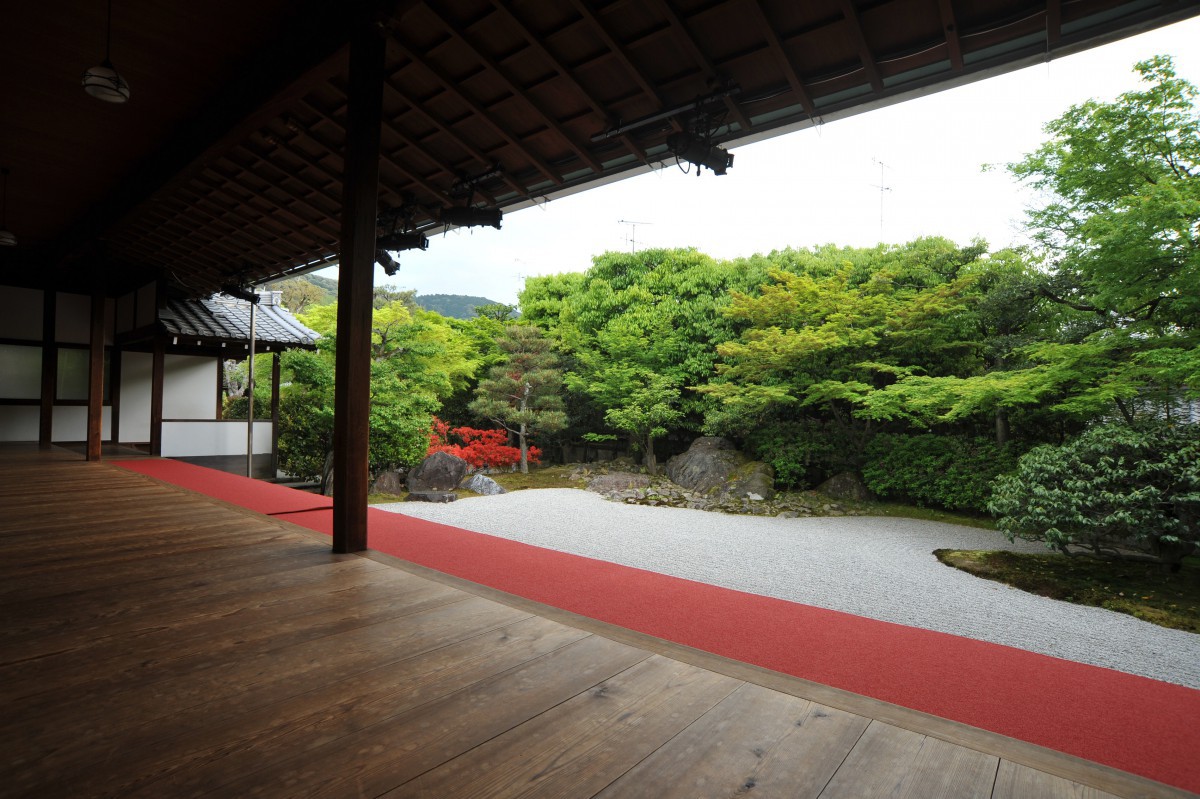
方丈庭園「南庭」
拝観のご案内ADMISSION
- 公開期間
- 通年
- 公開内容
- 方丈
- 長谷川等伯筆障壁画(重文・複製)
- 南庭
- 北書院
- 北庭(名勝)
- 三面大黒天
- 拝観休止日
- なし
※法務、悪天候などによる拝観休止あり - 拝観時間
- 10:00~17:00(受付終了) ※夜間特別拝観期間は21:30(受付終了)
- 拝観料
- 大人500円 中高校生200円 小学生以下無料(保護者同伴)
高台寺、掌美術館との3カ所共通拝観券900円
神仏への献茶点前(10:30~16:00)1,500円(記念扇子付き) - ご連絡先
- 圓徳院HP https://www.kodaiji.com/entoku-in/
TEL 075-525-0101 / FAX 075-561-2724
交通案内ACCESS
所在地
高台寺 圓徳院 〒605-0825 京都市東山区高台寺下河原町530
電車、バスでお越しの方
- 京都駅烏丸口から市バス
- D2のりばから市バス206系統 祇園・北大路バスターミナル行き東山安井下車徒歩約7分【目安時間30分】
- 京阪電車祇園四条駅から
- バス停四条京阪前から市バス207系統 清水寺・東福寺行き東山安井下車徒歩約7分【目安時間15分】
- 阪急河原町駅から市バス
- バス停四条河原町から市バス207系統 清水寺・東福寺行き東山安井下車徒歩約7分【目安時間18分】
お車・タクシーでお越しの方
京都駅から約20分、京阪祇園四条駅から約5分。境内東側に高台寺所有の有料駐車場有
Kodai-ji Entoku-in Temple
Kitanomandokoro Nene, who was the wife of Hideyoshi Toyotomi (1537-1598) who unified Japan at the Warring State Period, opened Kodai-ji temple for enshrining Hideyoshi after he died. It’s 400 years ago. And she ordered to move the Kesho-palace and the front yard of Fushimi-castle into Kodai-ji temple site, because she had many memories in Fushimi-castle with Hideyoshi, and she lived there. A lot of people, Japanese feudal lords, monks, tea masters, poets, painters, ceramicists and etc…, came to the place for meeting her. She spent for 19 years in the place until she died when she was 76years old. Iesada Kinoshita who was an older brother of Nene and Toshifusa who was a son of Iesada supported Nene. Toshifusa opened Entoku-in for a memorial service for the Kinoshita family in the place where Nene lived after she died. It became one of minor temples with Kodai-ji temple.
Entoku-in has two dry landscape garden (south garden and north garden). The north garden, there are a lot of rocks. This garden was brought from Fushimi castle. It is a famous garden in the Momoyama Period. The south garden, the sands of this garden shows ocean. There are many trees that bloom in each season. It is very beautiful.
The paintings on the fusuma (a framed and papered sliding door used as a room partition) in the main building were drawing by Tohaku Hasegawa who was a famous ink painter in the Edo Period and Ryo Akamatsu who was a Japanese modern artist. The fusuma, which was painted by Tohaku Hasegawa, is an important cultural property.
- Opening Time
- 10:00am-5:00pm
- Charge
- adult 500yen high school and junior high school student 200yen
- Address
- 530 shimogawara-cho Kodai-ji, Higashiyama-ku, Kyoto Google Maps


